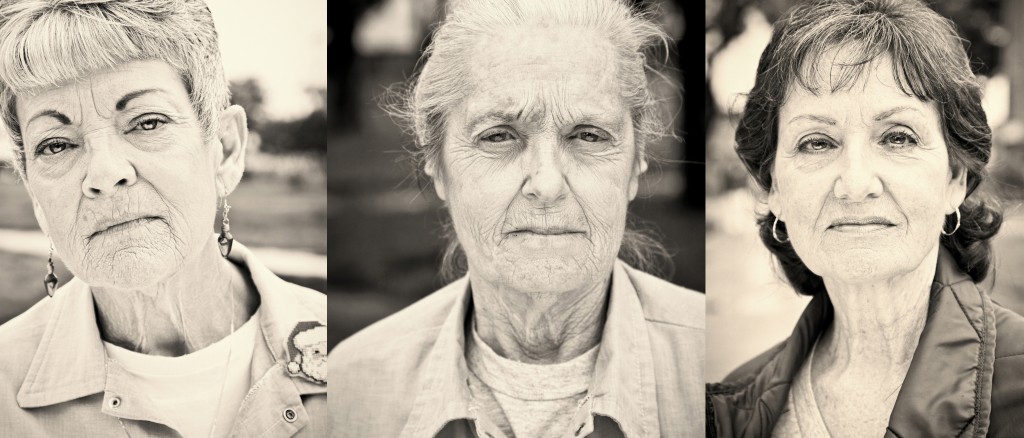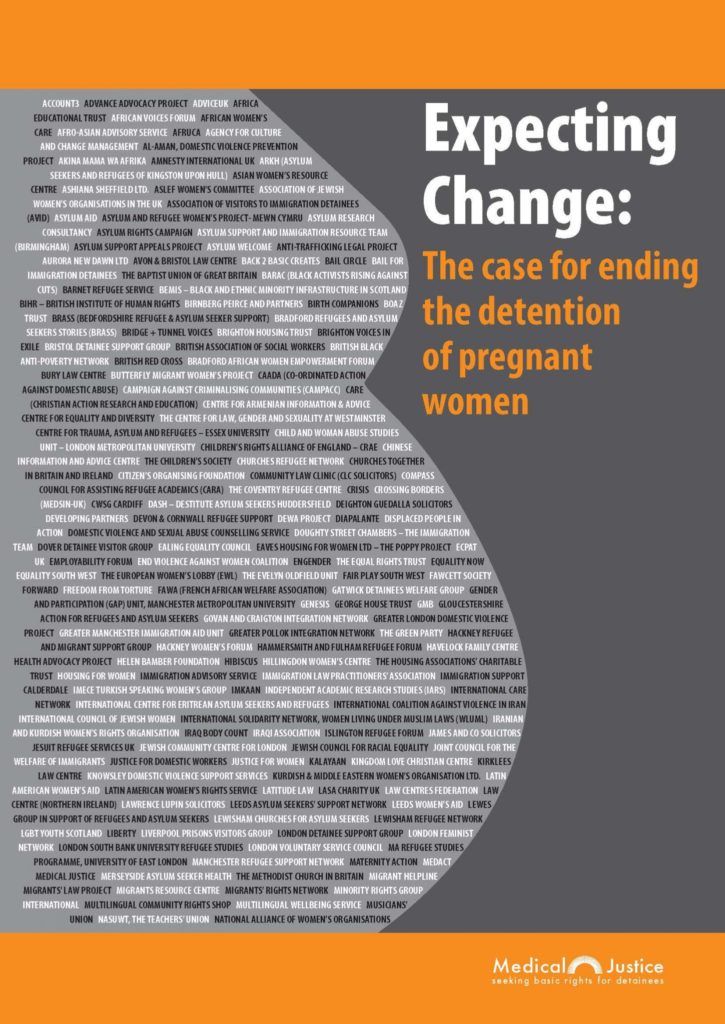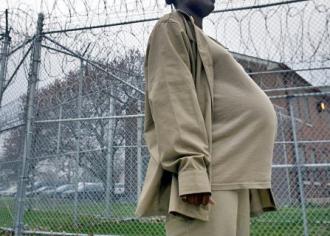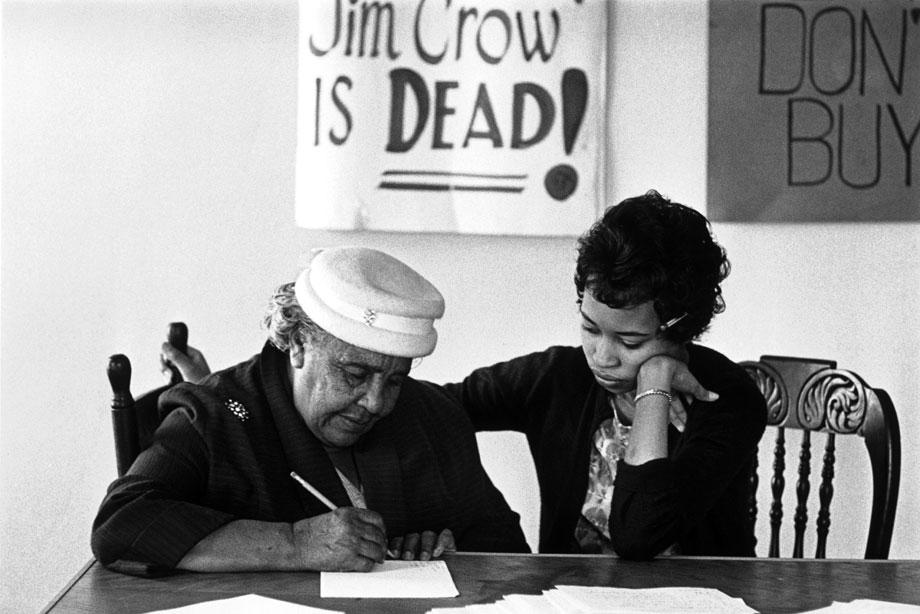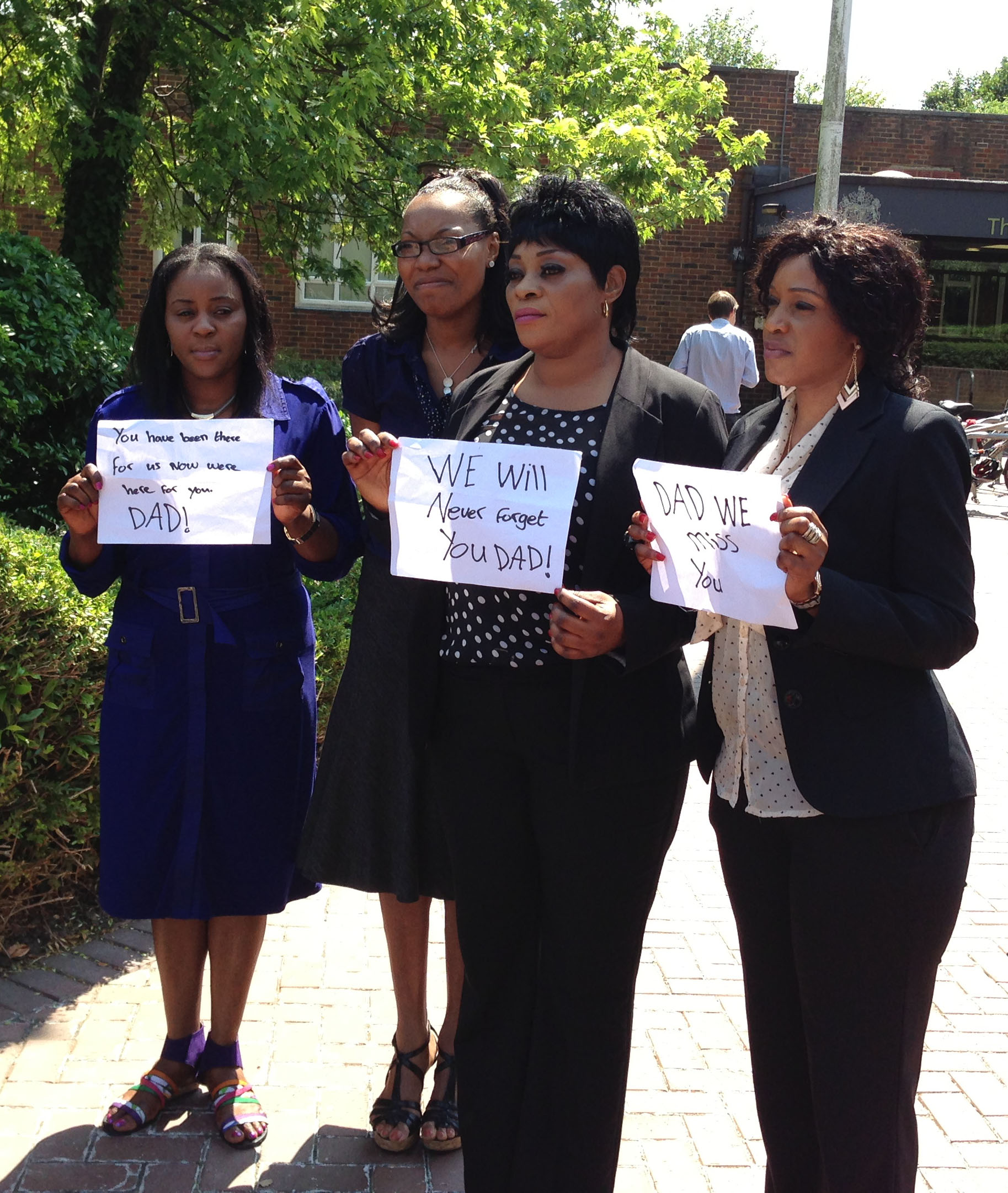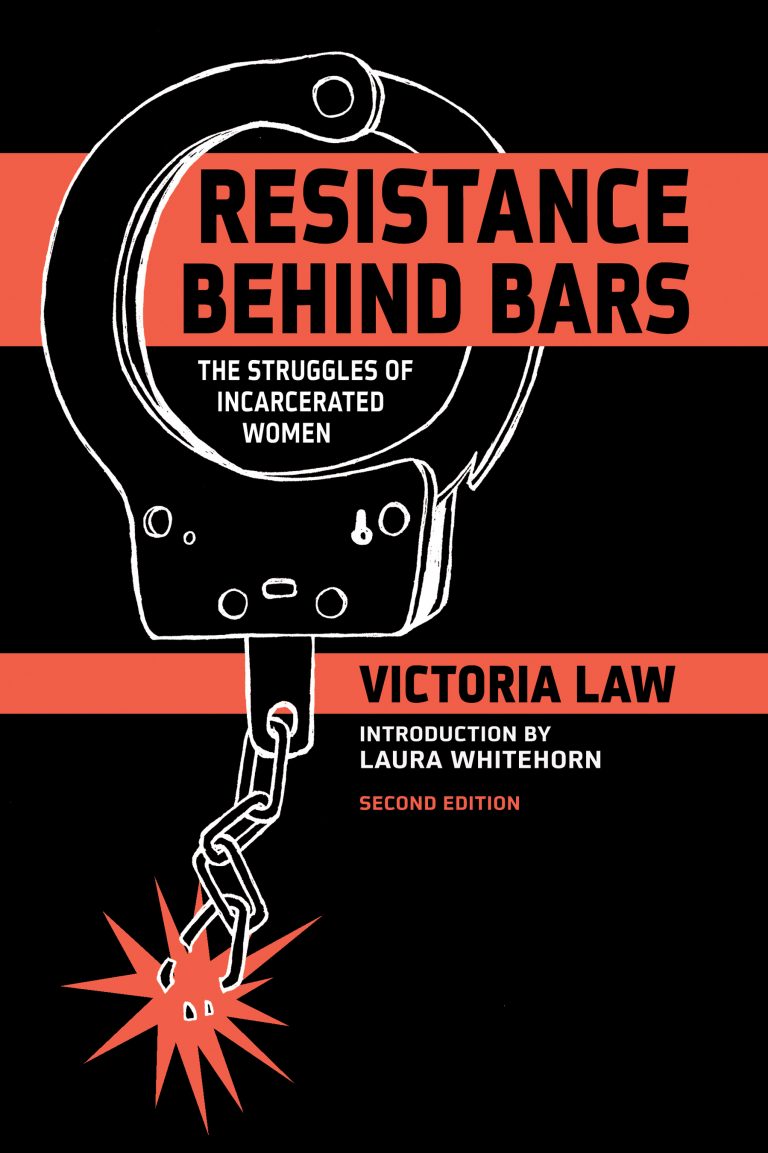
What is considered rape? Often, the definition of rape depends on who holds the power to define it. For example, what is happening in places where women are confined, dependent and supervised?
In Resistance Behind Bars, Victoria Law devotes one chapter to sexual abuse in prisons. Women like Gina are forced into having sex with male wardens or supervisors. Gina worked in a correctional coffee shop in Oregon as a prisoner. Everyday she would work with the food coordinator who was a male prison employee. She loved her job and thought that her relationship with the food coordinator was friendly, and then he ordered her to have sex with him, “Scared Gina complied.” Casually, sex was part of her everyday work life. As Victoria Law explains, “She did not know if it was rape. All she knew was that she felt alone, afraid and unsure of herself.” (59)
As at many workplaces, women in prison don’t feel secure reporting abuse. Prisoners fear that reporting to internal affairs will result in retaliation from prison personnel and sometimes from prisoners who trade sex for favors. Retaliation in prison may take different forms, including more harassment, delays for release, visiting rights compromised, and worse.
Rape threatens women prisoners and renders them vulnerable as prisoners and as subordinates. In that context, sex becomes a illusory bargaining chip that ultimately generates feelings of being trapped. The ticket out buys the women prisoner another day or more in solitary confinement. Consent or its absence is not the question when women are already condemned, and damned, by incarceration and structures of dependency. For many women prisoners, the only issue, the only ethical existential issue, is survival, paying the bills, and managing life in a brutal penal system.
(Image Credit: PM Press)

